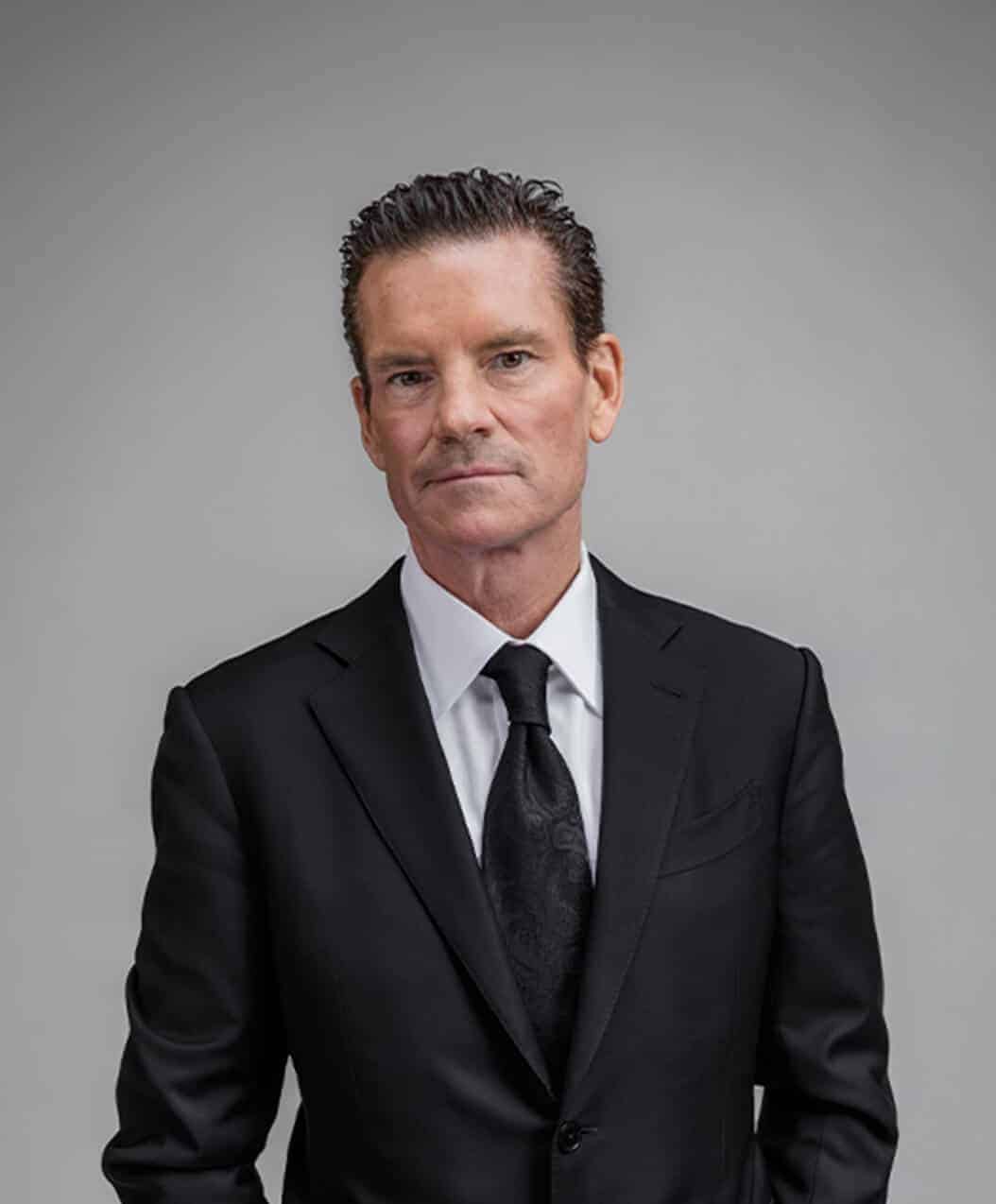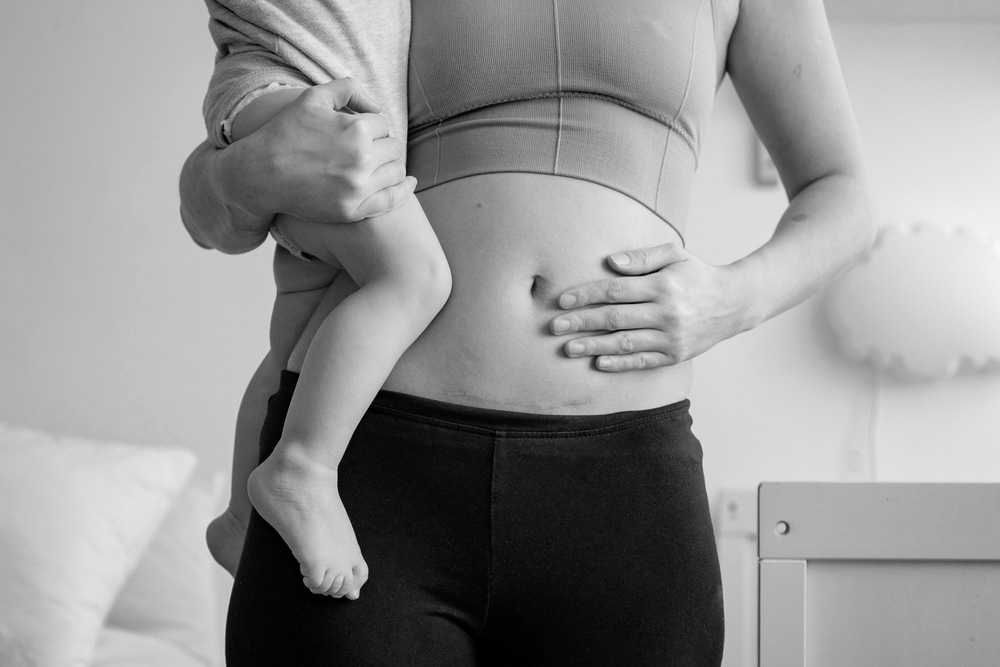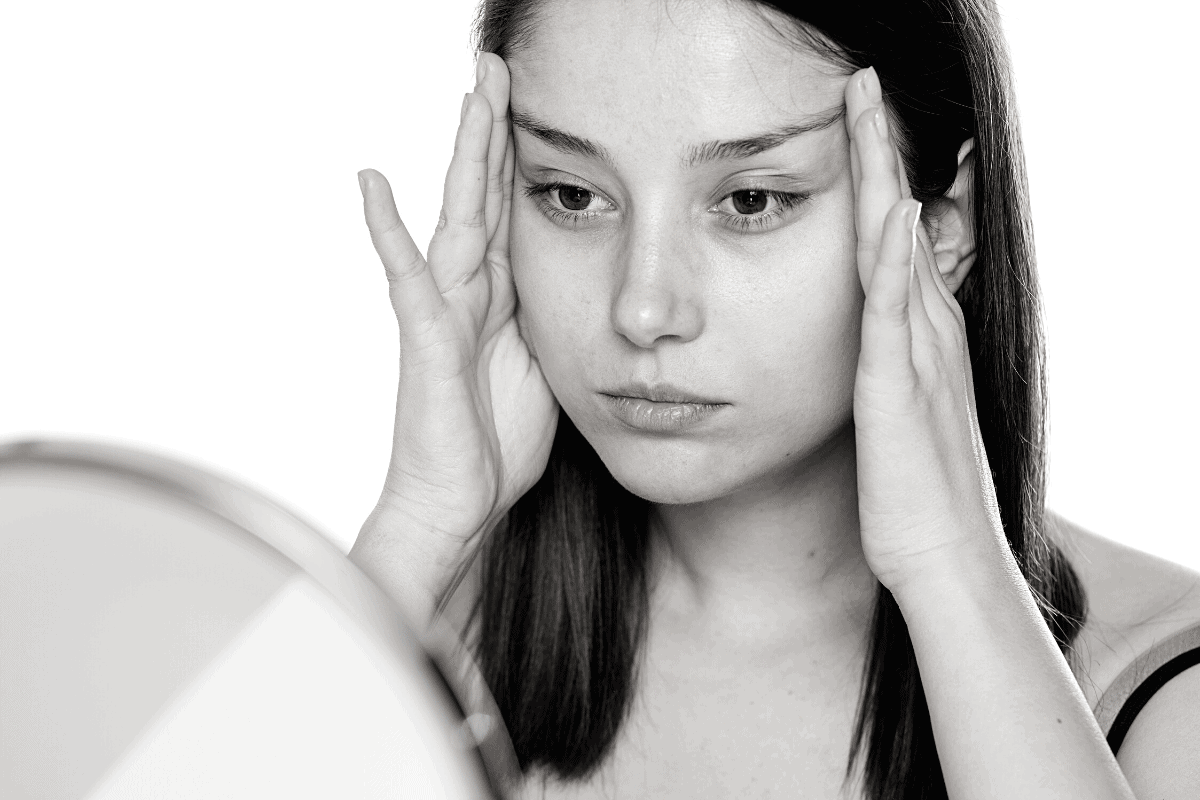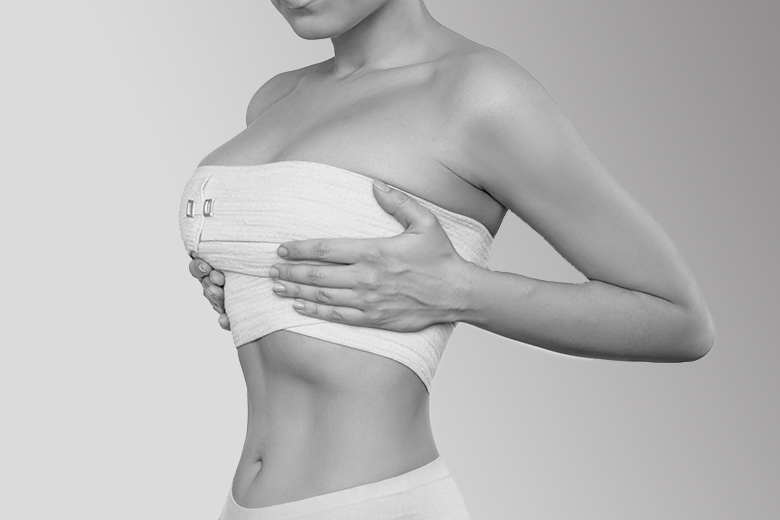August 22nd, 2024
Dr. Mulholland, Md
Blepharoplasty, also known as eyelid surgery, is a type of plastic surgery that repairs droopy eyelids. In many cases, a patient may wish to have a blepharoplasty to improve their appearance. Sometimes, upper lid blepharoplasty or lower lid blepharoplasty may be medically necessary, as drooping eyelids may cause pain or discomfort, or may interfere with your ability to see clearly. Here, we will review the reasons why blepharoplasty may be medically necessary.
What Is Blepharoplasty (Eyelid Surgery)?
As we age, our skin sags and loses elasticity. Around the eyes, this may result in drooping eyelids and puffy or building lids, which give a tired appearance. Blepharoplasty is a surgical procedure that removes or tightens sagging skin, bulging fat, and excess muscle around the eyes, including the upper eyelid and lower eyelid. The surgery results in a smoother, more youthful appearance.
What Are The Benefits Of Blepharoplasty?
Blepharoplasty removes or tightens the sagging skin around the eyes, including both the upper and lower lids, which can give you a tired appearance. The surgery can also reduce puffiness since it involves removing bulging fat and excess muscle and tissue around the eyes, which results in a more youthful look to your eyes and face. The surgery also removes fine lines and wrinkles around your eyes. The overall rejuvenating effect of blepharoplasty will boost your confidence and self-image, and help eliminate any insecurities about tired-looking eyes.
Is Blepharoplasty Covered By Insurance?
In some cases, blepharoplasty may be covered by insurance. If blepharoplasty is determined to be medically necessary, your insurance company may cover the procedure. However, blepharoplasty that is performed for purely cosmetic reasons will not be covered. This is the case with all purely cosmetic surgeries. Your doctor, plastic surgeon, or insurance company can provide you with more information regarding medical necessity criteria for having your blepharoplasty covered by your medical insurance provider.
Reasons Blepharoplasty May Be Medically Necessary
Blepharoplasty is an excellent surgical choice for self-conscious individuals about fine lines, wrinkles, drooping eyelids, excess skin around the eyes, or building lower lids. However, there are some cases when blepharoplasty may be necessary for medical reasons, not just for cosmetic ones. In these cases, drooping eyelids cause pain or discomfort, skin irritation, headaches, or other medical concerns.
Your surgeon will help you determine whether blepharoplasty is a good way to treat a medical condition you may have and whether coverage may be available to you.
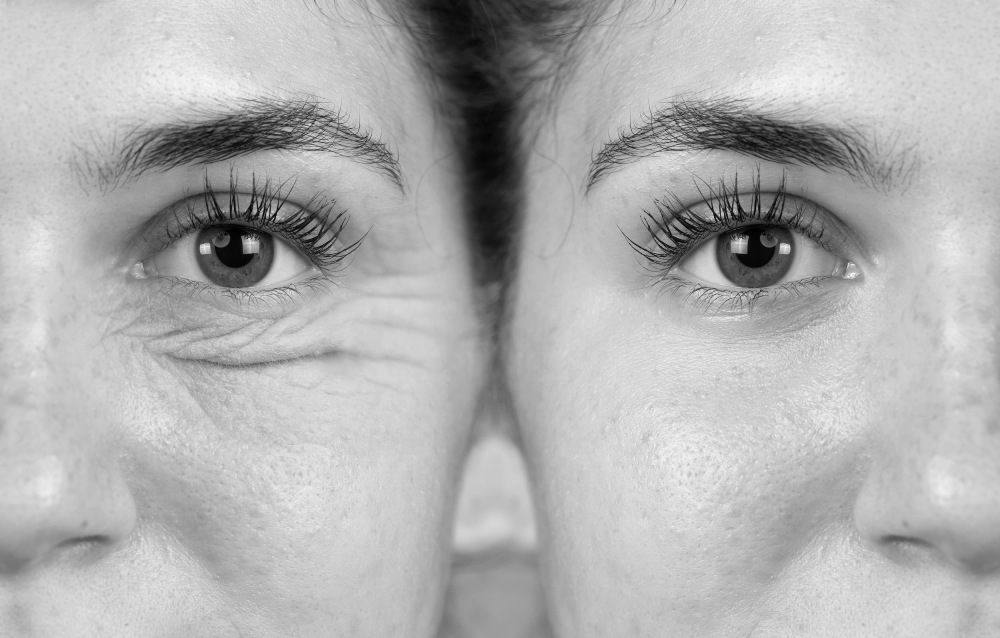
Eyelid Droop (Ptosis)
Eyelid droop, also known as blepharoptosis or simply ptosis, occurs when the border of the upper lid falls to a lower position than normal. This drooping eyelid can cover all or part of the pupil, which interferes with vision. This interference can cause difficulty reading, trouble driving, and other issues. Ptosis may be present from birth or a condition that develops over time (however, if ptosis develops over a short period — such as three to four days — it may be a sign of a serious medical condition). Blepharoptosis repair (eyelid surgery) may be medically necessary when eyelid droop interferes significantly with your vision.
Skin Irritation
Excess drooping skin on the upper or lower eyelids can chafe against other skin, resulting in irritation. If sweat accumulates in the skin folds from excess upper or lower lids, this can lead to rashes or infections. The removal of excess skin on the upper and lower lids reduces the risk of irritation and rashes and helps prevent infections that may damage the eye.
Blepharospasm
Blepharospasm, also known as benign essential blepharospasm, is a rare neurological condition where individuals experience uncontrolled, involuntary blinking or spasms of the ocular muscles and/or the eyelids. The condition is different from the normal spasms or temporary eyelid twitching that may occur due to fatigue, excess caffeine consumption, or stress. Individuals with blepharospasm often have drooping lids. In some cases, blepharoplasty can relieve pain, discomfort, and irritation caused by blepharospasm.
Entropion or Ectropion
Entropion occurs when your eyelid is turned inward, causing your eyelashes and eyelid skin to rub against your eyeball. Entropion usually occurs on the lower lid. Ectropion occurs when your lower eyelid sags or turns outward. It usually affects the lower eyelid margin but can also affect the upper eyelid margin. Both entropion and ectropion can cause significant discomfort. With entropion, the friction that results from eyelashes and eyelid skin rubbing against your eyeball can cause pain and can result in damage to the cornea or corneal abrasions if not treated. The condition can also cause a corneal ulcer, which can lead to loss of vision. With ectropion, the exposed skin of the lid that is turned outwards is susceptible to irritation and infection, which can also affect your vision.
Headaches & Eye Strain
In some cases, the incisions made during blepharoplasty to the trigger nerves in the upper eyelid, which cause migraine headaches, may actually relieve these headaches.
Individuals who experience excessive eye strain due to squinting or straining to see due to drooping eyelids that obscure the cornea may also benefit from eyelid surgery. In addition, some individuals with excessive fat on the lower lid may not be able to wear eyeglasses, which can result in eye strain and headaches.
Heavy Brows
Heavy brows, also known as brow ptosis, can also result in excess upper eyelid skin. While blepharoplasty can reduce the upper eyelid skin, brow ptosis can push further downwards after eyelid surgery; if this occurs, brow ptosis repair, or a brow lift, may be considered medically necessary, in order to avoid excess eyelid skin occluding the patient’s field of vision. Browlifts and upper blepharoplasty surgery are often performed at the same time.
Recovering From Blepharoplasty
Because the skin around the eyes — and the eyes themselves — is very delicate, it’s important to closely follow the recovery steps provided by your surgeon following your blepharoplasty.
Keeping your eyelids clean after your blepharoplasty procedure is key to ensuring your recovery involves no risk of complications. Clean your eyelids as soon as the protective gauze or cotton pads placed on your eyes following your surgery can be removed. Always wash your hands with warm water and antibacterial soap before cleaning your eyes. Then, use a saline solution and sterile gauze to gently clean your eyes, removing any debris or crust that may have formed. Also, be sure to clean your eyelashes from the root to the tip. This process should be repeated twice daily for at least two weeks after your blepharoplasty.
It’s also important to take time off after your surgery and avoid putting any undue strain on your eyes. This means limiting the amount of time you spend reading, watching television, or looking at a computer or phone screen. Avoid sun exposure, and if you need to go outside, be sure to wear sunglasses. You should also get plenty of sleep following your procedure.
Learn More About Blepharoplasty At TPS
At TPS, Toronto Plastic Surgeons will work closely with you to address your medical concerns and explore your reasons for seeking blepharoplasty in Toronto. Whether your motivation is to enhance your appearance or alleviate discomfort from conditions like eyelid droop, skin irritation, or headaches, Toronto Plastic Surgeons is committed to providing personalized care that meets your unique needs. Contact the clinic today to learn more about how blepharoplasty can improve both your vision and your quality of life.
